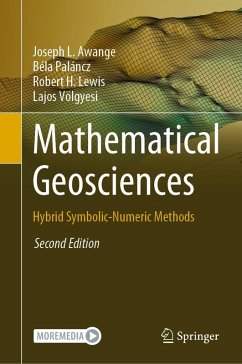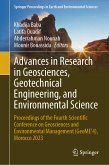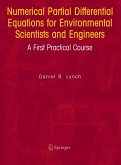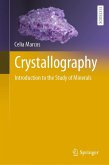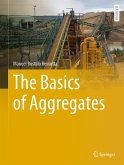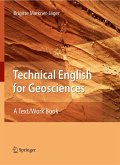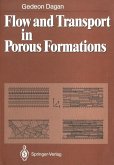This second edition of Mathematical Geosciences book adds five new topics: Solution equations with uncertainty, which proposes two novel methods for solving nonlinear geodetic equations as stochastic variables when the parameters of these equations have uncertainty characterized by probability distribution. The first method, an algebraic technique, partly employs symbolic computations and is applicable to polynomial systems having different uncertainty distributions of the parameters. The second method, a numerical technique, uses stochastic differential equation in Ito form; Nature Inspired Global Optimization where Meta-heuristic algorithms are based on natural phenomenon such as Particle Swarm Optimization. This approach simulates, e.g., schools of fish or flocks of birds, and is extended through discussion of geodetic applications. Black Hole Algorithm, which is based on the black hole phenomena is added and a new variant of the algorithm code is introduced and illustrated based on examples; The application of the Gröbner Basis to integer programming based on numeric symbolic computation is introduced and illustrated by solving some standard problems; An extension of the applications of integer programming solving phase ambiguity in Global Navigation Satellite Systems (GNSSs) is considered as a global quadratic mixed integer programming task, which can be transformed into a pure integer problem with a given digit of accuracy. Three alternative algorithms are suggested, two of which are based on local and global linearization via McCormic Envelopes; and Machine learning techniques (MLT) that offer effective tools for stochastic process modelling. The Stochastic Modelling section is extended by the stochastic modelling via MLT and their effectiveness is compared with that of the modelling via stochastic differential equations (SDE). Mixing MLT with SDE also known as frequently Neural Differential Equations is also introduced and illustrated by an image classification via a regression problem.
Dieser Download kann aus rechtlichen Gründen nur mit Rechnungsadresse in A, B, BG, CY, CZ, D, DK, EW, E, FIN, F, GR, HR, H, IRL, I, LT, L, LR, M, NL, PL, P, R, S, SLO, SK ausgeliefert werden.
"The focus of this book is clearly on applications of contemporary mathematical concepts and algorithms using HSNC. ... This book is also suitable for undergraduate-level classes with some background in linear algebra, in particular for courses emphasizing computation with high-level CAS software." (Eric L. Geist, Pure and Applied Geophysics, Vol. 177, 2020)
"This book deals with versatile aspects of numerical and symbolic computing solutions to systems of polynomial equations, optimization of systems, and data processing and modeling with applications in the domain of geoscience ... . The text is written in a clear and didactic way which makes the book a valuable literature for a broad spectrum of readers from graduate students, professionals in computer programing techniques, to those solving concrete practical problems in geoscience and other fields." (Vladimir Cadez, zbMATH 1394.86001, 2018)
"This book deals with versatile aspects of numerical and symbolic computing solutions to systems of polynomial equations, optimization of systems, and data processing and modeling with applications in the domain of geoscience ... . The text is written in a clear and didactic way which makes the book a valuable literature for a broad spectrum of readers from graduate students, professionals in computer programing techniques, to those solving concrete practical problems in geoscience and other fields." (Vladimir Cadez, zbMATH 1394.86001, 2018)

